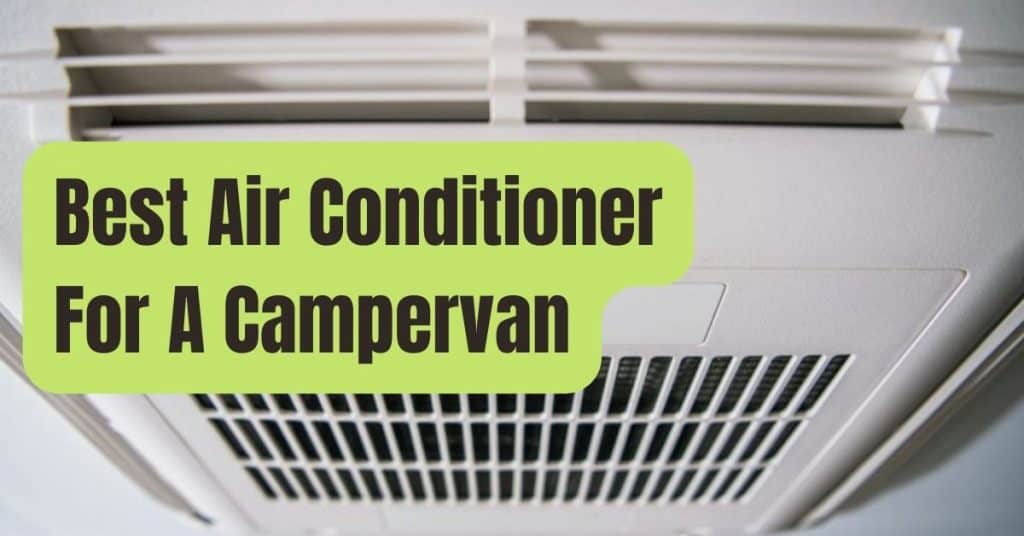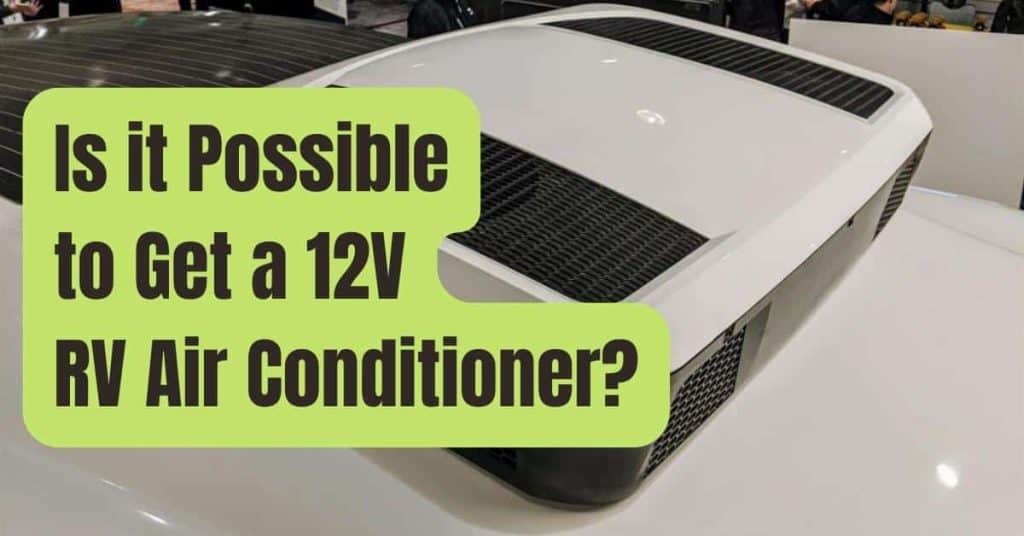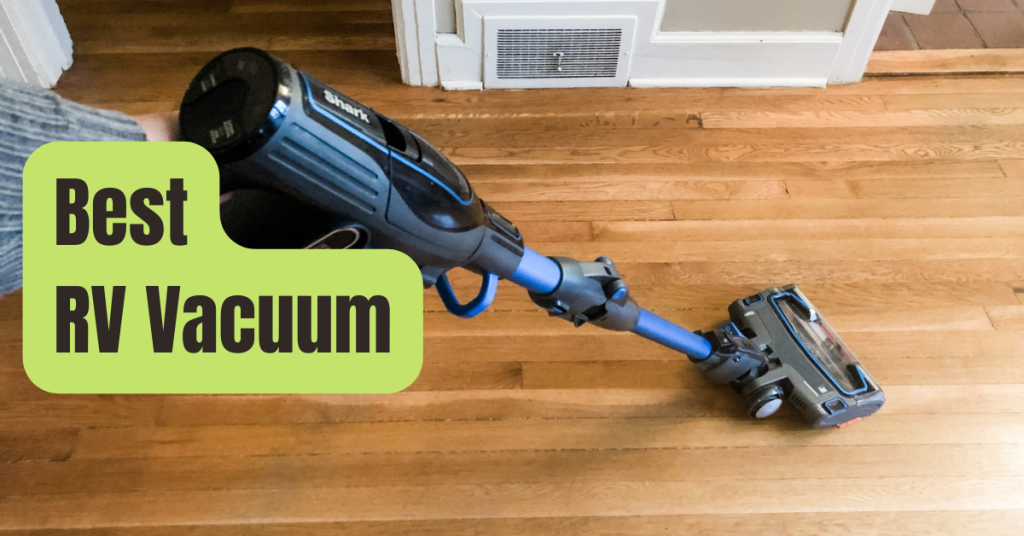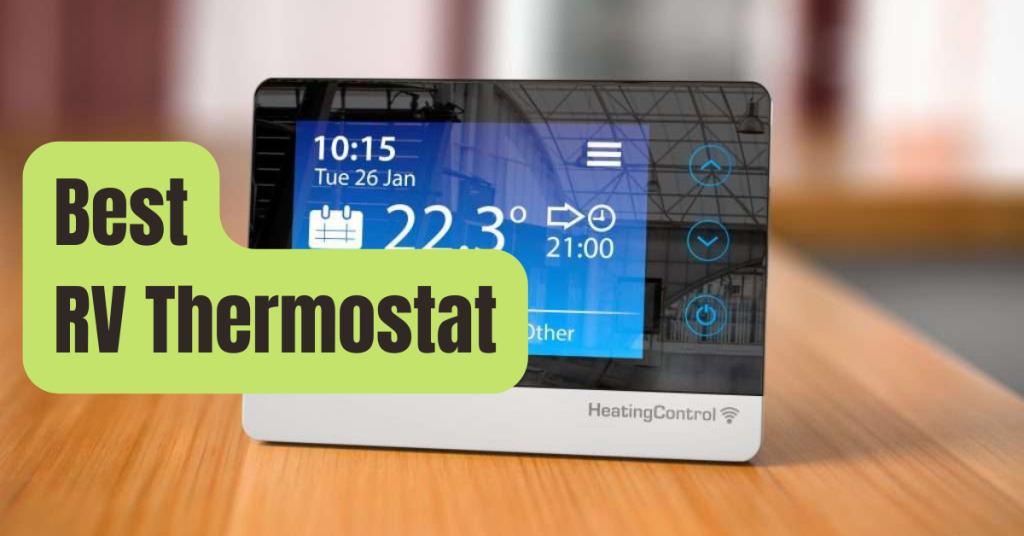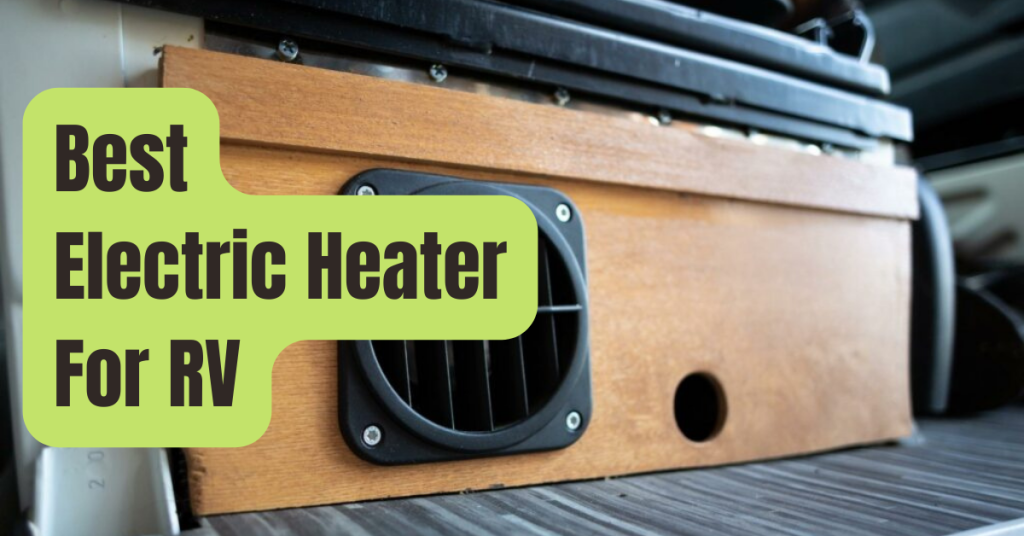For a typical 24 foot RV, a 15k BTU air conditioner is required. If you have more than two individuals or are in a hot location, you will need a larger size.
Several things must be considered while selecting the appropriate size of air conditioner for your RV.
Keep in mind that an AC unit’s aesthetic look does not guarantee that it will meet your camper’s cooling requirements.
The RV’s square footage
First and foremost, double-check the square footage of your RV to confirm that the air conditioner you have is the proper size.
This is because if the size of the air conditioner does not match the proportions of the camper, you will either wind up with something that is too big for the space available, or something that is too little and will have to work twice as hard to cool the outsized interiors.
If you believe that a huge air conditioner can cool the insides of your RV quicker and, as a consequence, lower your power expenses, let us debunk that myth for you.
ACS that are too large for the area in which they are installed do not have enough time to dehumidify and remove the required moisture, leaving the environment chilly and clammy.
Read more: Can You Recharge Your RV Air Conditioner and How Do You Do It?
BTU
For the uninitiated, BTU stands for British Thermal Unit and is a unit of measurement for the amount of heat radiated by an air conditioner in a space.
As a result, it’s obvious that an air conditioner with a higher BTU would disperse more heat and use more electricity.
For example, a 15,000 BTU RV air conditioner would take roughly 3500 watts to start and 1500 watts to keep operating.
A 7000 BTU RV air conditioner, for example, will need 1700 watts of electricity to start up and 600 watts to stay running.
Unit with ducts or without ducts
An outside air compressor and an inside air handler are linked with copper refrigeration lines in a ducted air conditioner.
However, despite the fact that ductless AC units contain the same set of components, there are two sorts of units classed under them: single-zone units and multi-zone units.
An RV air conditioner is meant to last three to five years on average. If you invest in its upkeep and take proper care of it, however, it will undoubtedly last longer. The kind and design of an RV’s air conditioner have an impact on its pricing.
Unlike our homes and workplaces, the interiors of RVs tend to heat up as soon as the first ray of sunshine touches them, and believe us when we tell that the temperature may quickly rise and become unbearable for everyone, particularly during the summer.
As a result, putting a random air conditioner in the RV will not help you get through your ordeals.
Read more: How to clean RV Air Conditioner?
The quantity of accessible space
Recalculate the height of the RV before purchasing an air conditioning unit to verify that your investment is worthwhile.
If the camper is large and roomy, low-profile air conditioners that can be put over the top are a better option.
However, if your RV is of average height or below, you may save a lot of money by purchasing a standard RV roof air conditioner.
If you’re using several units, remember to stack them on top of each other for quicker and more efficient cooling.
Usage
If you’re concerned about air conditioning units and energy costs, a dual-purpose unit will almost certainly save you money.
These appliances include a heat pump that can be used as both an air conditioner and a heater, eliminating the added cost of utilizing a gas furnace in the winter.
However, there is one flaw that should be carefully observed.
If you don’t able to choose an efficient unit, your money will be wasted since the heat pump, in order to save a little money, will not adequately warm the room in frigid temperatures.
In an RV, you may utilize a portable air conditioner. To pump the hot air outside, you’ll need a six-inch hole in the window. It’s effective.
One of the nicest feels in the world is traveling across the nation in style in your RV.
The joy of being on the road 24 hours a day, seven days a week, and experiencing the stunning panoramic views that you have only seen in images, according to us, is the essence of summer.
However, as fun as it seems, if the summer heat isn’t managed properly, it might become the largest obstacle between you and your joyful time.
We recommend using a portable air conditioner if you don’t already have one installed in your camper.
Naturally, you’ll have a lot of alternatives to select from, but to make sure you get the greatest one, prepare a list of your requirements.
Before you do anything else, figure out how many BTUs you’ll need to keep your RV cool.
For those who don’t know, an air conditioning unit’s BTU is determined by the square footage of the RV it is planned to cool.
For example, if your RV is normal in size, a 13,500 BTU air conditioner would enough; but, if your rig is bigger, the AC unit’s capacity should not be less than 18,000 BTU.
Read more: Why Won’t My RV Air Conditioner Turn On?
Portable RV air conditioners come in a variety of shapes and sizes.
Window air conditioner for RVs
Window air conditioners for RVs are the most obvious option for portable air conditioners, and for good reason. They come with the benefits of excellent cooling, simple installation, and little maintenance.
If you go through the options carefully, you’ll almost likely find an AC unit that precisely fits the size of your RV and has all of the necessary cooling components to eliminate the annoying hum of the thermostat.

Portable air conditioner with no vents
Portable air conditioners with no vents are unquestionably one of the most popular products in this category. These are smaller than traditional RV Air Conditioners, and their looks are sure to take your breath away.
If looks are important to you, this is the style to choose. The air conditioner, often known as a “swamp cooler,” uses a unique moist air ventilation mechanism that avoids the need for refrigeration to chill the air.
Instead, the air conditioner relies on evaporated air, which may immediately lower the temperature when discharged in a dry area. Furthermore, the air conditioning machine is small and light, and it uses very little energy since just the vent requires electricity.
However, if you intend to go to humid areas often, this portable air conditioner will not be the best companion due to its cooling strategy.
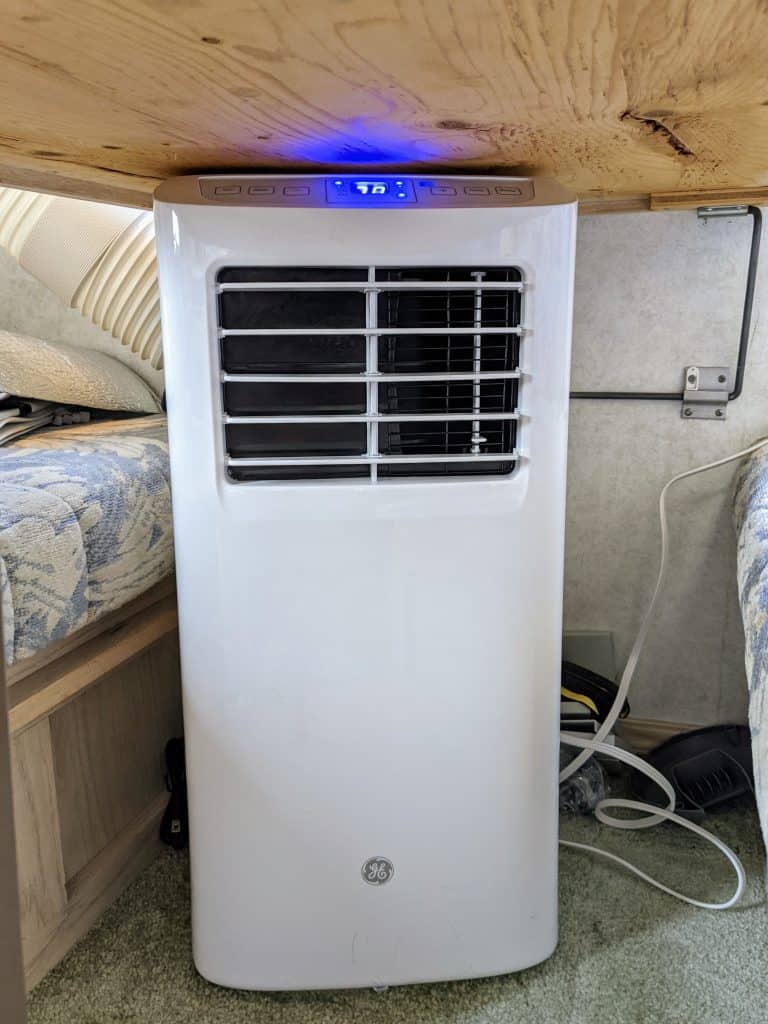
Air conditioner for RVs on the go
Despite the fact that portable RV air conditioners are less expensive than their counterparts discussed before, they take up more room.
Depending on the manufacturer, the piece of equipment may include one or two holes to evacuate the hot air. It also comes with movable frames that can be mounted beneath the RV’s window to keep the hoses safe.
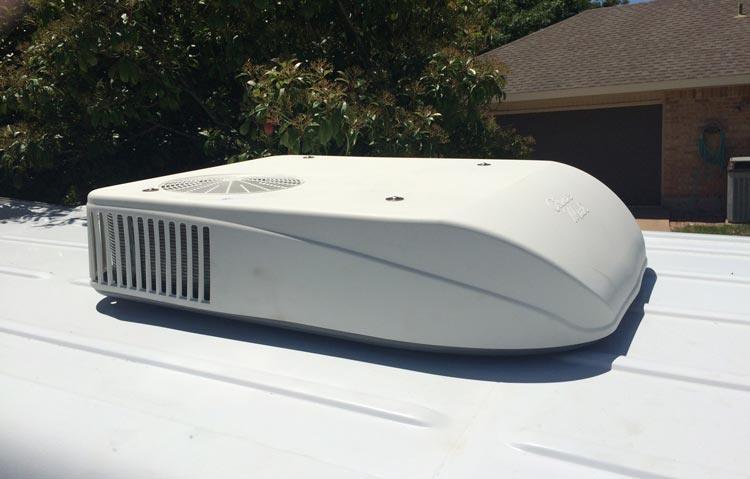
Conclusion
While the size of your RV will impact the size of AC you need, there are a variety of factors to consider when purchasing an AC for your RV.
By following the tips in this article, you can ensure that you select the perfect AC for your needs and enjoy a cool, comfortable RV experience this summer.


